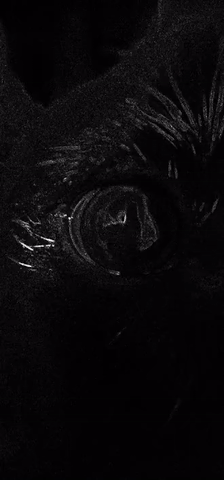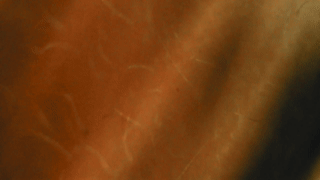Project summary:
(pass out glasses)
On the last episode of alice’s ExCap projects… I was playing around with stereo images while reflecting on the history of photography, the spectacle, stereoscopy and voyeurism, and “invisible” non-human labor and non-human physical/temporal scales and worlds. I was getting lost in ideas, so for this current iteration, I wanted to just focus on building the stereo macro capture pipeline I’ve been envisioning earlier (initially because I wanted to explore ways to bring us closer to non-human worlds* and then think about ways to subvert the way that we are gazing and capturing/extracting with our eyes… but I need more time to think about how to actually get that concept across :’)).
*e.g. these stereo videos made at a recent residency I was at (these are “fake stereo”) really spurred the exploration into stereo



Anyway… so in short, my goal for this draft was to achieve a setup for 360, stereoscopic, focus-stacked macro images using my test object, moss. At this point, I may have lost track a bit of the exact reasons for “why,” but I’ve been thinking so much about the ideas in previous projects that I wanted to just see if I can do this tech setup I’ve been thinking about for once and see where it takes me/what ideas it generates… At the very least, now I know I more or less have this tool at my disposal. I do have ideas about turning these images into collage landscapes (e.g. “trees” made of moss, “soil” made of skin) accompanied by soundscapes, playing around with glitches in focus-stacking, and “drawing” through Helicon’s focus stacking algorithm visualization (highlighting the hidden labor of algorithms in a way)… but anyway… here’s documentation of a working-ish pipeline for now.
Feedback request:
I would love to hear any thoughts on what images/what aspects of images in this set appeal to you!
STEP 1: Macro focus-stacking

Panning through focal lengths via pro video mode in Samsung Galaxy S22 Ultra default camera app using macro lens attachment

Focus stacked via HeliconFocus
Actually, I love seeing Helicon’s visualizations:

And when things “glitch” a little:

I took freehand photos of my dog’s eye at different focal lengths (despite being a very active dog, she mainly only moved her eyebrow and pupil here).
2. Stereo macro focus-stacked

Stereoscopic pair of focus-stacked images. I recommend viewing this by crossing your eyes. Change the zoom level so the images are smaller if you’re having trouble.

Red-Cyan Anaglyph of the focus-stacked image. This should be viewed via red-blue glasses.
3. 360 Stereo, macro, focus-stacked


I would say this is an example of focus stacking working really well, because I positioned the object/camera relative to each other in a way that allowed me to capture useful information throughout the entire span of focal lengths allowed on my phone. This is more difficult when capturing 360 from a fixed viewpoint.
Setup:
- Take stereo pairs of videos panning through different focal lengths, generating the stereo pair by scooting the camera left/right on the rail
- Rotate turntable holding object and repeat. To reduce vibrations from manipulating the camera app on my phone, I controlled my phone via Vysor on my laptop.
- Convert videos (74 total, 37 pairs) into folders of images (HeliconFocus cannot batch process videos)
- Batch process focus stacking in HeliconFocus
- Take all “focused” images and programmatically arrange into left/right focused stereo pairs
- Likewise, programmatically or manually arrange into left/right focused anaglyphs
Overall, given that the cameral rail isn’t essential (mostly just used it to help with stereo pairs; the light isn’t really necessarily either given the right time of day), and functional phone macro lenses are fairly cheap, this was a pretty low-cost setup. I also want to eventually develop a more portable setup (which is why I wanted to work with my phone) to avoid having to extract things from nature. However, I might need to eventually transition away from a phone in order to capture a simultaneous stereo pair at macro scales (lenses need to be closer together than phones allow).
The problem of simultaneous stereo capture also remains.
Focus-stacked stereo pairs stitched together. I recommend viewing this by crossing your eyes.

Focus-stacked red-blue anaglyphs stitched together. This needs to be viewed via the red-blue glasses.
The Next Steps:
I’m still interested in my original ideas around highlighting invisible non-human labor, so I’ll think about the possibilities of intersecting that with the work here. I think I’ll try to package this/add some conceptual layers on top of what’s here in order to create an approximately (hopefully?) 2-minute or so interactive experience for exhibition attendees.
Some sample explorations of close-up body capture


